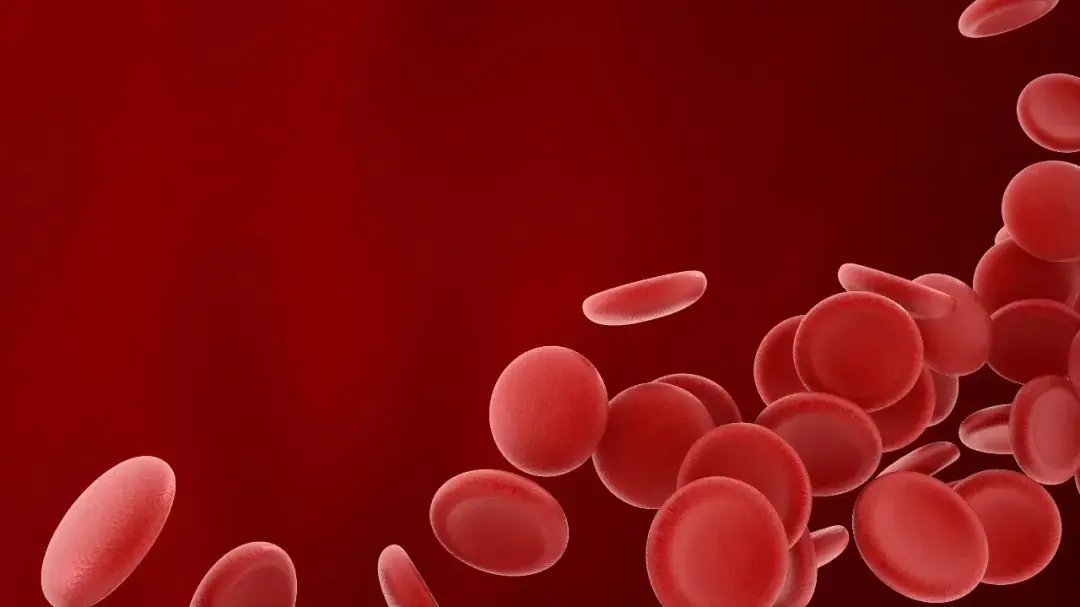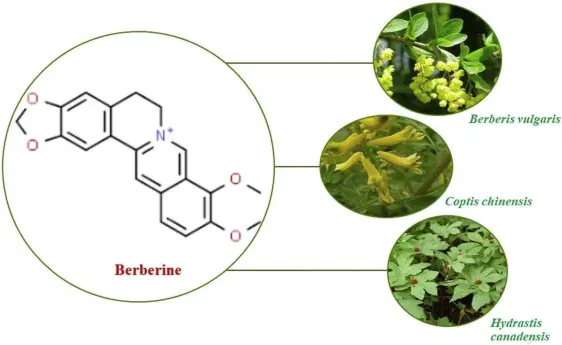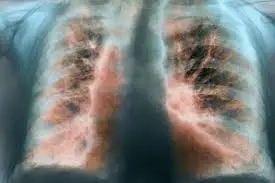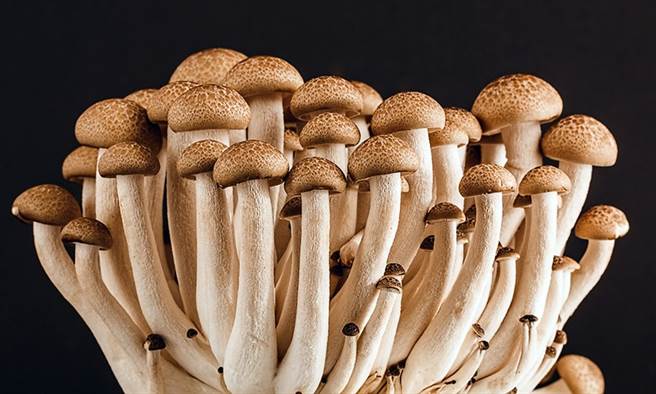0102030405
Urolithin A: A Promising Approach to Combat Aging in Hematopoietic Stem Cells
2025-01-03
Mitochondrial health is central to cellular energy metabolism and plays a critical role in hematopoietic stem cell (HSC) aging. Recent studies reveal that Urolithin A (UA),a compound derived from polyphenol-rich foods like pomegranates and raspberries,can restore the youthful metabolic state of aged HSCs,offering potential for reversing age-related decline in the hematopoietic and immune systems.

Understanding HSC Metabolism and Aging
HSCs in the bone marrow primarily rely on glycolysis for energy in their quiescent state. However,during aging,HSCs shift to oxidative phosphorylation,increasing reactive oxygen species (ROS) production—a key factor driving cellular aging. To counteract oxidative stress,aged HSCs activate the pentose phosphate pathway,enhancing NADPH production. Despite these adaptations,excessive ROS continues to impair HSC function,leading to aging-related decline.
Role of Urolithin A in Mitochondrial Function Regulation
1.Stimulating Mitophagy:
UA promotes mitochondrial autophagy,clearing damaged mitochondria and enhancing cellular energy efficiency. Studies in Caenorhabditis elegans have shown that UA can extend lifespan by 45%.
2.Rejuvenating HSCs:
Short-term UA treatment improves the aging phenotype of HSCs in vitro. In aged mice,a UA-enriched diet restores hematopoietic reconstitution and enhances immune function.
3.Complementary Effects of Nicotinamide Riboside (NR):
NR,an NAD+ precursor,reduces metabolic activity and rejuvenates HSCs at the transcriptional level. While NR requires continuous administration for sustained effects,its ability to synergize with Urolithin A highlights the potential of combined approaches in anti-aging therapies.
Implications for Anti-Aging Medicine
These findings underscore the pivotal role of mitochondria in HSC aging and suggest that regulating mitochondrial function can reverse aging-related decline. Urolithin A and similar compounds represent promising interventions to restore the youthful functionality of HSCs,potentially benefiting hematopoietic and immune health.










